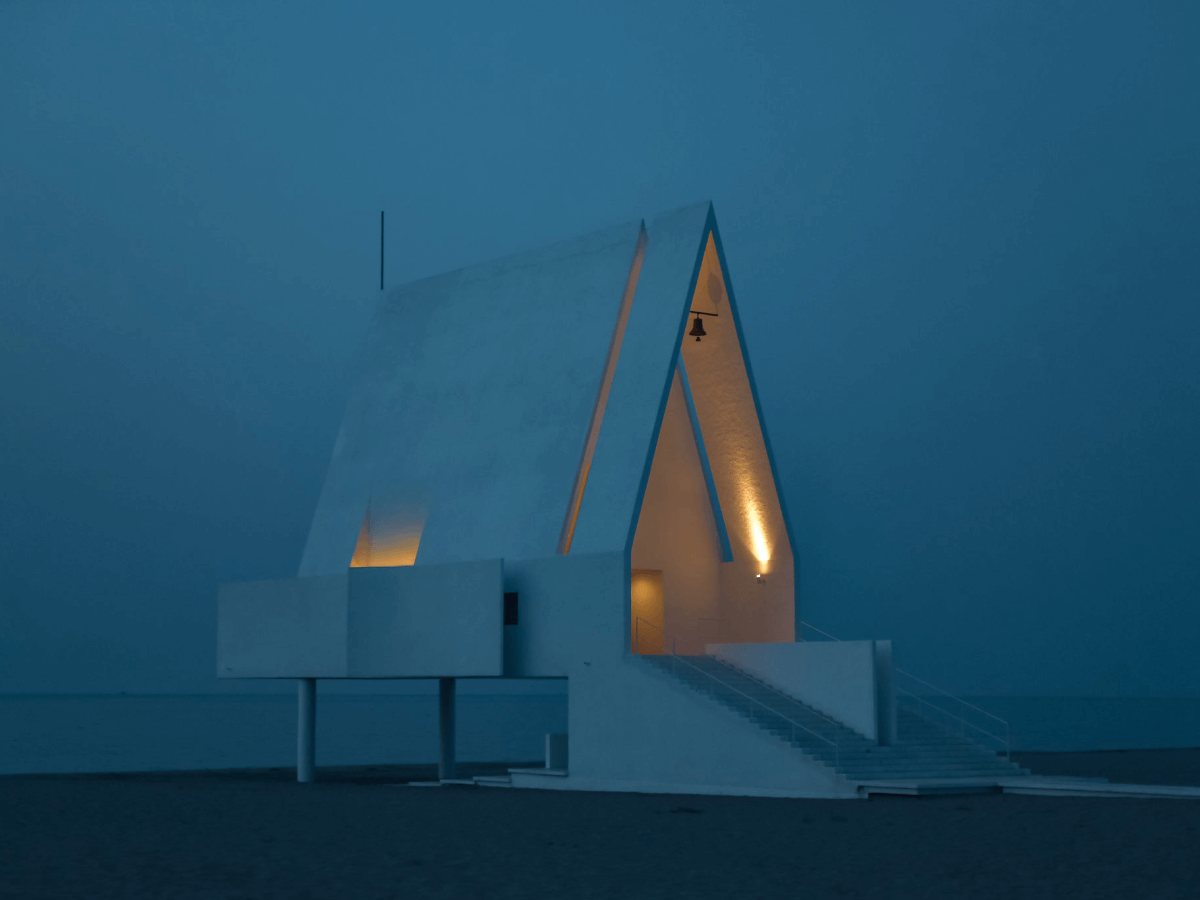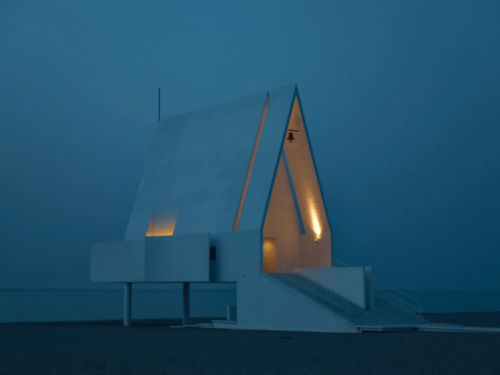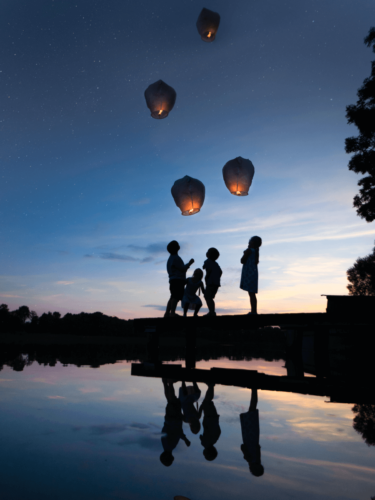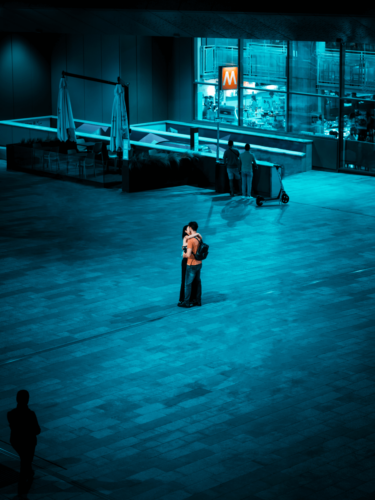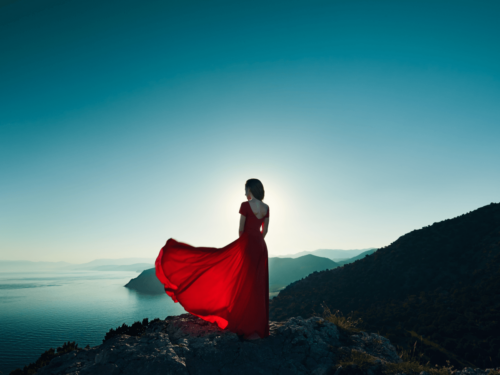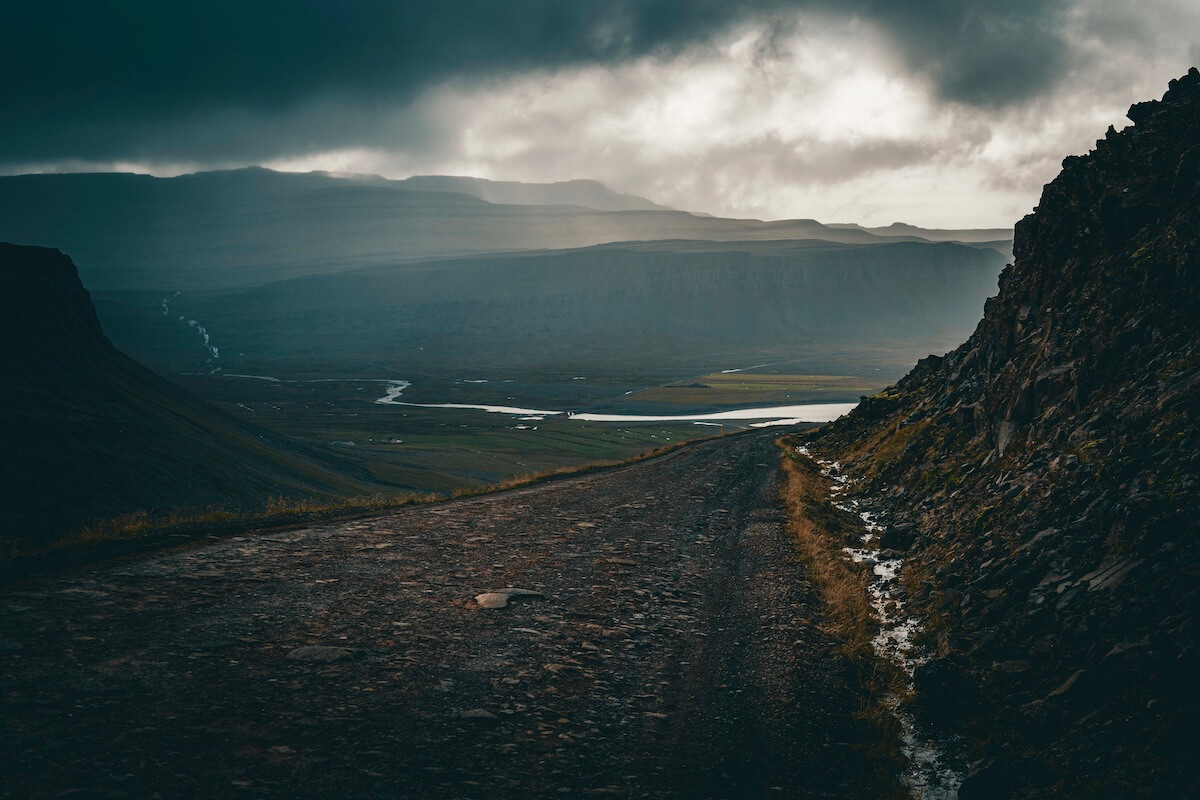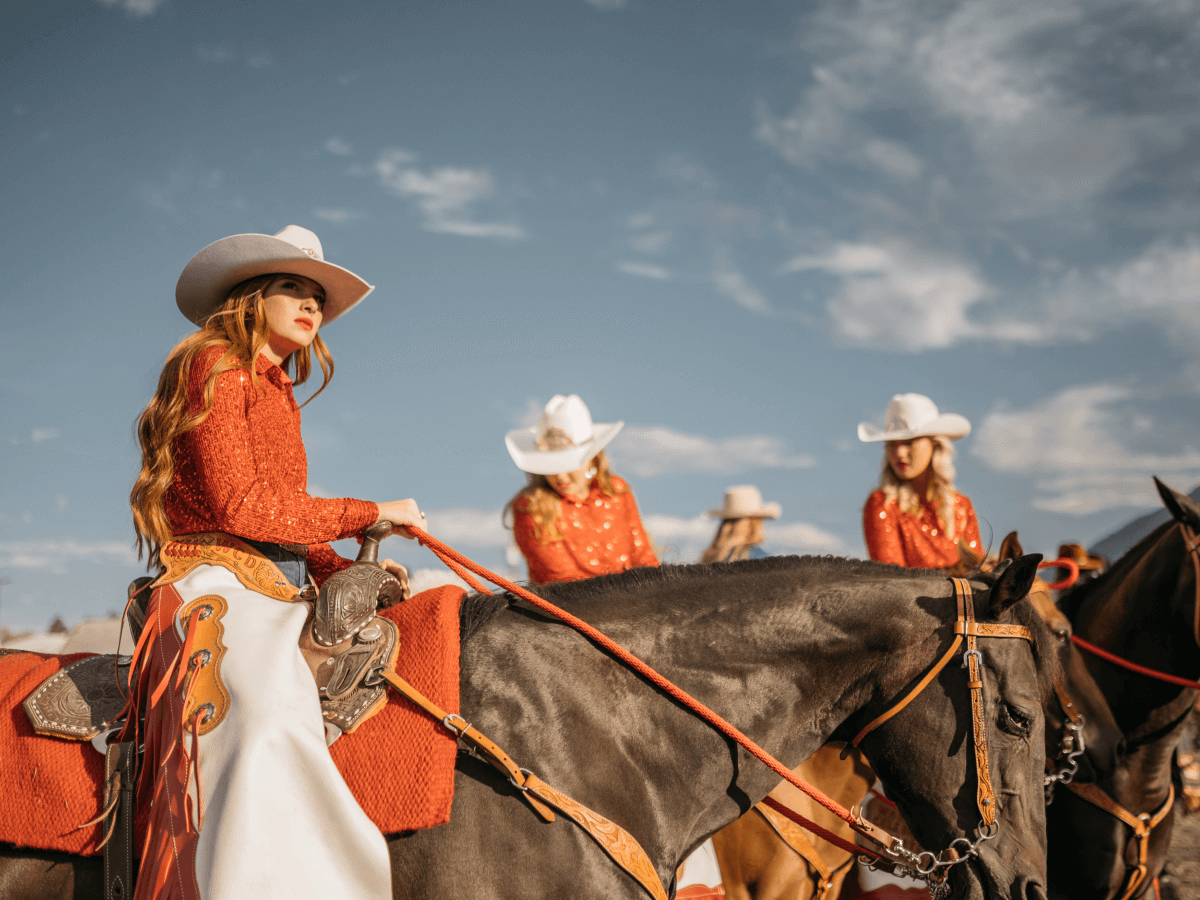Photographers often chase golden hour but there’s another window of light that’s just as magical: the moments right after sunset, also known as blue hour. This short but powerful period offers soft, ethereal lighting that enhances mood, detail, and atmosphere, making it a hidden gem for creative exploration.
Why Blue Hour Matters
The blue hour is the twilight time that follows the sun dipping below the horizon. During this brief phase, the sky glows with deep indigos, purples, and cobalt hues. Unlike the golden hour’s warm tones, blue hour delivers a cooler, more cinematic effect—ideal for creating dreamlike landscapes, atmospheric portraits, and moody street shots.
This light is even and shadowless, making it easier to capture subtle details while maintaining a soft, cohesive tone across your scene. The low contrast also lends itself well to reflective surfaces, foggy settings, and long-exposure creativity.
Best Subjects to Capture During Blue Hour
While you can shoot almost anything during this time, some subjects truly come alive:
- Urban landscapes: City lights begin to glow as the sky dims, creating a vibrant mix of artificial and natural light.
- Portraits: Blue tones evoke quiet emotion and serenity, especially when paired with shallow depth of field and soft facial expressions.
- Waterscapes: Lakes, oceans, and pools reflect deep twilight colors beautifully, perfect for capturing tranquillity.
- Architectural silhouettes: Buildings and bridges outlined against a fading sky create striking compositions.
Settings and Techniques for Maximum Impact
Blue hour requires intentional camera adjustments to capture its full magic. Here’s how to get it right:
- Use a tripod: As light fades, slower shutter speeds become necessary. A tripod ensures your shots stay crisp.
- Lower your ISO: To keep your images clean and noise-free, shoot at ISO 100–400 and compensate with longer exposures.
- Shoot wide open: Use a large aperture (like f/2.8 or f/4) for dreamy bokeh and to gather as much available light as possible.
- Play with long exposure: Especially in city scenes or near water, dragging the shutter adds beautiful blur and softness.
Tip: White balance can make or break your blue hour image. Try setting it manually or using “cloudy” to enhance those cool tones.
Bringing Out the Mood in Post
Post-processing is where the magic of blue hour really shines. You don’t have to do much, but a few subtle tweaks go a long way:
- Boost clarity in key areas to add definition without ruining the softness.
- Adjust white balance to fine-tune the mood—shift toward cooler blues or warm up for a film-like finish.
- Lift shadows gently to retain detail, especially if shooting people or dark structures.
- Reduce highlights to preserve sky gradients and avoid losing that painterly glow.
Let the Light Guide You
What makes the time after sunset so special is that it asks for patience and attention. The transition between day and night is subtle and ever-changing, rewarding those who linger just a little longer. Whether you’re capturing reflections in a city puddle or framing a quiet moment in nature, this light invites you to slow down and observe.
Extended reading: What is the blue hour? (and how to make the most of it)

